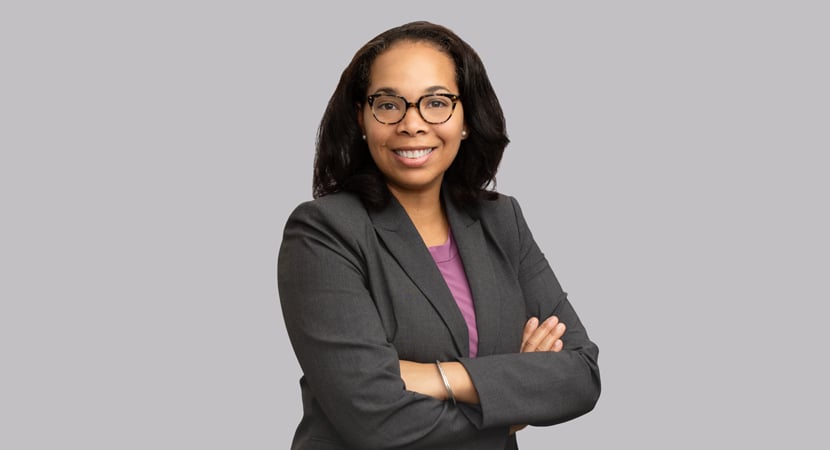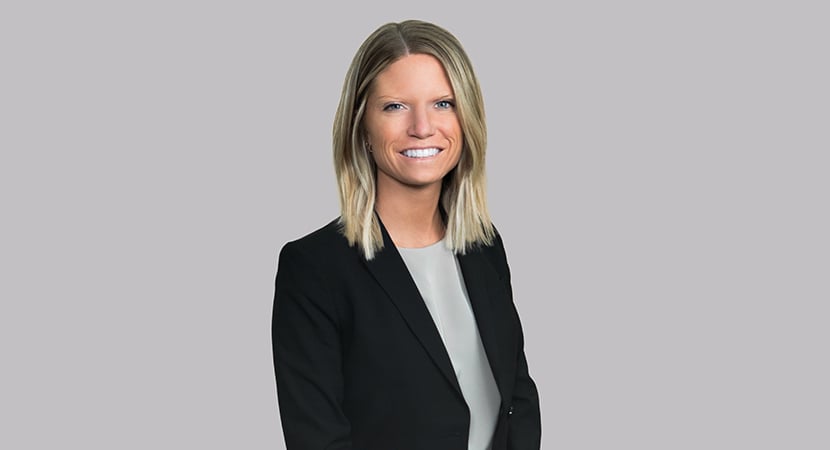In Notice 2020-36, issued on May 1, the IRS proposes new requirements to qualify for recognition of tax exemption on a group basis under Section 501(c) of the Internal Revenue Code (IRC). The proposed procedures would apply to nonprofit “central organizations” that apply for and maintain group exemption ruling letters, and to the “subordinate organizations” that are affiliated with and subject to general supervision and control by their central organizations. The Notice would supersede Rev. Proc. 80-27 (as modified by Rev. Proc. 96-40) and presents a proposed revenue procedure that, if finalized, would significantly change the requirements that have applied to group rulings since 1980.
Although some provisions of the proposed guidance do not apply until after a one-year transition period, the application of this transition period is not uniform and still requires that certain actions be taken during the transition. The IRS requests comments on the proposed guidance, including the grandfather provisions and transition rules, by Aug. 16. The IRS will stop accepting applications for group ruling letters as of June 17, until publication of the final revenue procedure or other guidance in the Internal Revenue Bulletin.
The proposed revenue procedure introduces several new requirements that the IRS notes are intended to reduce the administrative burden and increase the efficiency of the group exemption letter program, to improve the integrity of data collected for purposes of program oversight, to increase the transparency of the program, and to increase compliance by central organizations and subordinate organizations with program requirements.
Proposed New Requirements for Central Organizations
- A central organization must have at least five subordinate organizations in order to apply for a group exemption letter, and at least one subordinate organization in order to maintain the group exemption letter thereafter.
- A central organization may maintain only one group exemption letter. Any central organization with more than one preexisting group exemption letter must determine, during the one-year transition period, which, if any, preexisting group exemption letter it intends to maintain and notify the IRS of its intent to terminate any others.
- Rev. Proc. 80-27 requires a central organization to establish that each subordinate organization to be included in the group exemption letter will be subject to its “general supervision or control.” The proposed revenue procedure provides much more detailed guidance on the meaning of the terms “general supervision” and “control.” These rules will not apply, however, to preexisting subordinate organizations.
Proposed New Requirements for Subordinate Organizations
Under the proposed revenue procedure, a subordinate organization must meet the following new requirements for initial inclusion in or subsequent addition to a group exemption letter. These principles would not apply to preexisting subordinate organizations, which may rely instead on Rev. Proc. 80-27 (in most cases).
- Matching principle—type of 501(c) entity: All subordinate organizations must be described in the same paragraph of IRC Section 501(c) as the central organization, unless the central organization is either an instrumentality or an agency of a political subdivision and is not described in Section 501(c). For example, if a central organization is described in Section 501(c)(3), all the subordinate organizations also must be described in Section 501(c)(3). This is a departure from the current regime. Under Rev. Proc. 80-27, while all the subordinate organizations must be described in the same paragraph of Section 501(c), the central organization need not match.
- Foundation classification: The proposed revenue procedure requires that all the subordinate organizations that are described in Section 501(c)(3) must be classified as public charities and under the same paragraph of IRC Section 509(a). They are not required to be described in the same paragraph of Section 509(a) as the central organization, however.
Notably, central and subordinate organizations classified under IRC Section 509(a)(1) are not required to be classified under the same paragraph of Section 170(b)(1)(A). Thus, for example, a church could serve as the central organization for a group of subordinate organizations that includes educational institutions, hospitals and other churches, all of which are described in different subsections of 170(b)(1)(A). - Similar purpose requirement: All subordinate organizations, except those described in Section 501(c)(3), must be described by the same NTEE (National Taxonomy of Exempt Entities) Classification code.
- Uniform governing instrument requirement: All subordinate organizations must adopt a uniform governing instrument, which must be included in the request for group exemption. This eliminates the previous rule under Rev. Proc. 80-27 that allowed groups the option of submitting copies of representative instruments in the absence of a uniform governing instrument. For groups that include subordinate organizations described in different paragraphs of IRC Section 170(b)(1)(A), the “uniform” requirement is applied with respect to each segment—for example, all the churches in a group would have the same governing instrument, all the schools would have the same governing instrument, etc.
Certain Entities Ineligible for Inclusion as Subordinate Organizations
The following organizations may not be included in a group as subordinate organizations: (i) private foundations; (ii) organizations that are organized outside the U.S. (but U.S. organizations that operate in foreign countries may be included); (iii) Type III supporting organizations under IRC Section 509(a)(3); (iv) qualified nonprofit health insurance issuers described in IRC Section 501(c)(29); and (v) organizations that have had their exemption automatically revoked and that have not yet had their exemption reinstated after filing an application for reinstatement.
Supplemental Group Ruling Information (SGRI) Requirements
As required by Rev. Proc. 80-27, the proposed revenue procedure requires that a central organization provide certain information annually to maintain group exemption. Under the proposed revenue procedure, however, the central organization has more time to provide the SGRI. The SGRI would be due at least 30 days, rather than 90 days, before the close of the central organization’s annual accounting period.
The proposed revenue procedure retains the special rule for churches and conventions or associations of churches set forth in IRS Pub. 4573—namely, that these central organizations may, but are not required to, provide the annual SGRI to the IRS.
Updates to Reflect Recent Statutory Changes
The proposed revenue procedure updates Rev. Proc. 80-27 to reflect certain changes in the law under the Protecting Americans From Tax Hikes (PATH) Act and IRC Section 6033(j).
- Declaratory judgment actions: When there is an actual controversy involving determinations made by the IRS in the group exemption context, the proposed revenue procedure would allow a central organization, and in some cases subordinate organizations, to file a declaratory judgment action under IRC Section 7428.
- Automatic revocation: A subordinate organization would not be eligible for either initial inclusion or subsequent addition to a group exemption letter if its own federal exemption has been automatically revoked (for failure to file Form 990 for three consecutive years) and has not yet been reinstated.
Moreover, in its annual SGRI filing, the central organization must notify the IRS of any subordinate organizations that are no longer included in the group because of automatic revocations. Under the proposed revenue procedure, the IRS may revoke the entire group’s exemption if more than half of the subordinate organizations have lost their exemption due to automatic revocation.
The IRS has requested comments on all aspects of the proposed revenue procedure. In our view, there are several key provisions for which comments from affected taxpayers may be particularly helpful and necessary. For example:
- Whether and how the IRS should apply the proposed requirement that all subordinate organizations have a uniform governing instrument. For groups that are national in scope, with subordinates in many different jurisdictions, this requirement seems to ignore the fact that state law requirements for governing documents may not be uniform or compatible and are beyond the central organization’s control.
- Whether it is sound tax administration to prohibit 509(a)(3) supporting organizations and other types of 509(a) public charities from co-existing as subordinates in a single group ruling.
- How the IRS intends to account for erroneous automatic revocations of exempt status under the proposed new rules, and whether those subordinate organizations that have been erroneously listed on the Auto Revocation List will be afforded waivers or extensions of time before being removed from group rulings.
For questions about the proposed changes to the IRS revenue procedure on group exemption letters, please reach out to any member of Loeb’s Exempt Organizations group.
-
 Co-Chair, Nonprofits & Tax-Exempt Organizations; Co-Chair, Attorneys of Color and Ethnic Diversity Affinity Group
Co-Chair, Nonprofits & Tax-Exempt Organizations; Co-Chair, Attorneys of Color and Ethnic Diversity Affinity Group -
 Partner
Partner -
 Partner
Partner
)